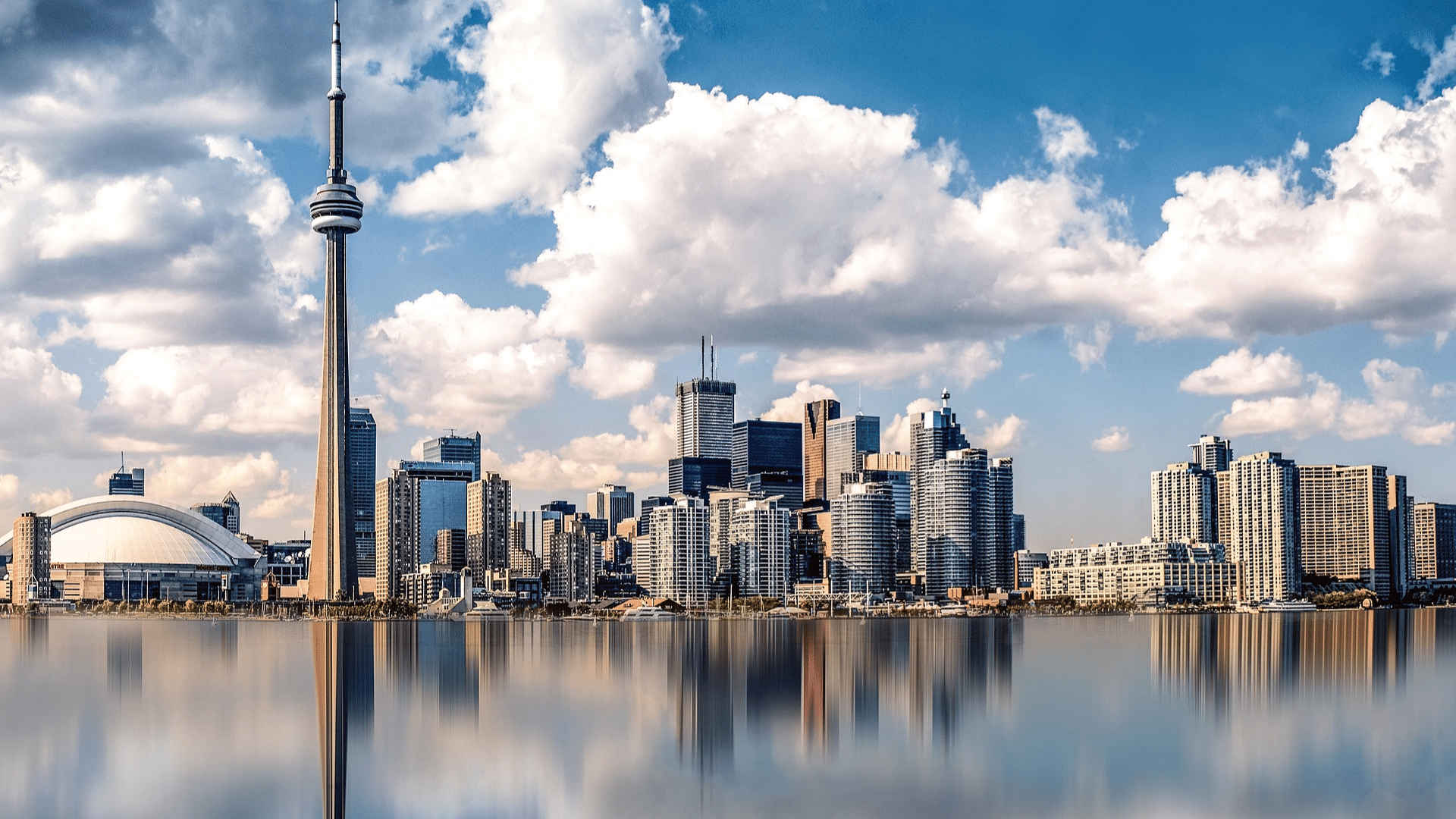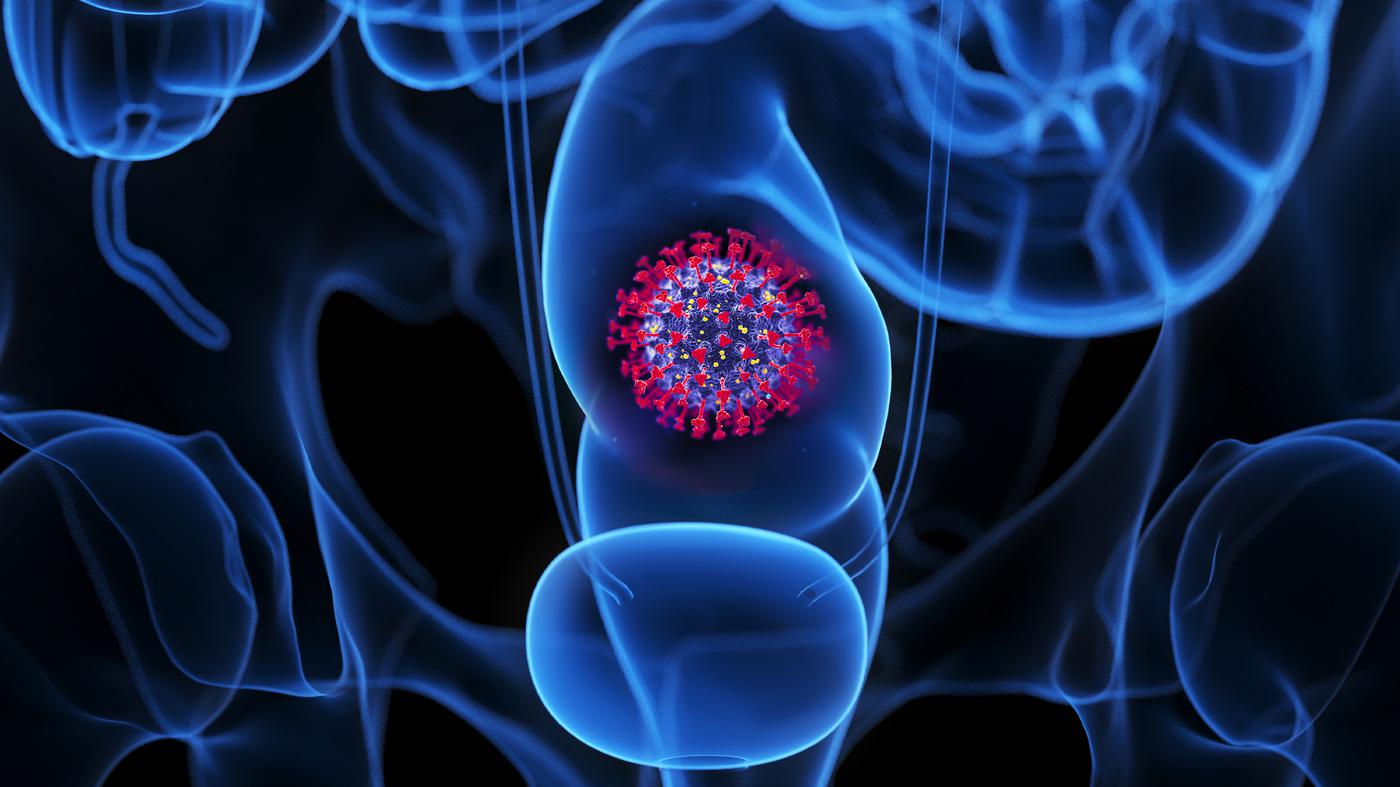Sciences A research team looking for a super seaweed
Australian marine biologist Angela Stephenson dives into a seagrass meadow in the Keel Fjord. picture
© Axel Heimken / dpa
They store carbon dioxide and are home to many marine organisms: seagrass meadows. Kiel researchers are looking for species that can cope with the warming Baltic Sea.
The water in the Kiel Fjord is still cold in April at seven degrees Celsius. However, the view of divers at the Geomar Helmholtz Center for Oceanographic Research is very good for Baltic Sea conditions at two meters well. Scientist Angela Stephenson and her colleague Tadhg O’ Korcora planted the seeds they harvested themselves for the first time this year – successfully. “There is grass,” Stevenson exclaimed as he walked out of the Test fields. In February, they set the first seeds at this point.
“Seagrasses are our coral reefs – they increase biodiversity and store carbon in the soil,” says biologist Thorsten Reusch. He heads marine evolutionary ecology in Kiel. The climate protection benefit per square meter is similar to that obtained from an upland bog. “One hectare of seaweed stores about two tons of carbon dioxide annually.” A total of about ten megatons of carbon dioxide is stored in seagrass meadows in German waters.
Intensive farming threatens seagrass beds
According to Roesch, there are currently less than 300 square kilometers of seagrass meadows in Germany’s Baltic Sea. About 60 percent of the meadow’s area has been lost since the beginning of the 19th century. The main reason is intensive farming: the ingress of nitrogen compounds from fertilizers promotes the growth of planktonic algae. They take away the light, and in extreme cases suffocate the seaweed.
Rising seas also threaten the remaining regions. “The Baltic Sea is warming three times faster than the world’s ocean,” explains Rioch. “It broke the Paris climate target of limiting the temperature rise to 1.5 degrees if possible.” His team discovered that the threshold for local seagrass is 25 to 26 degrees: “If this temperature is exceeded for a longer period of time in the summer heat, the meadows die,” says Reusch.
In the summer, his team wants to look for plants that have been exposed to higher temperatures in the shallow water areas of Keele Bay. “We hope that the genetic variation in our communities already contains individuals that are predisposed to future climate change. So we want to find super seaweeds that are already adapted to climate change.” However, it may also be the case that no plants survive heat stress in lake-like areas for a longer period, for example between sandbanks. Reusch is optimistic — even with coral banks under heat stress, there are surviving individuals, the so-called super corals.
Like picking flowers on the ground.
The people of Kiel have also been growing seaweed for a couple of years. They have managed about 3000 square meters so far. “Within a year, we were able to determine the density in two locations at the end of the summer. There was also a natural meadow in the vicinity,” says Reusch. Last summer, the people of Kiel harvested the first 70,000 seeds from their lawns. “It’s like picking flowers on the ground,” Stephenson says. Al-Kindi came to northern Germany from British Columbia to work.
“Our goal for this summer is to harvest a million seeds,” Reusch says. The Kiel researchers calculated that the number of meadows in German waters could be greatly increased by permanently reducing pollutant inputs. “Through reconstruction we can contribute to the German balance sheet in terms of carbon dioxide emissions.”

“Alcohol buff. Troublemaker. Introvert. Student. Social media lover. Web ninja. Bacon fan. Reader.”






More Stories
“Time seems to cure long Covid.”
Science: The use of artificial intelligence is changing the way hospitals operate
Simple recipe: sweet cream cheese slices from the tray